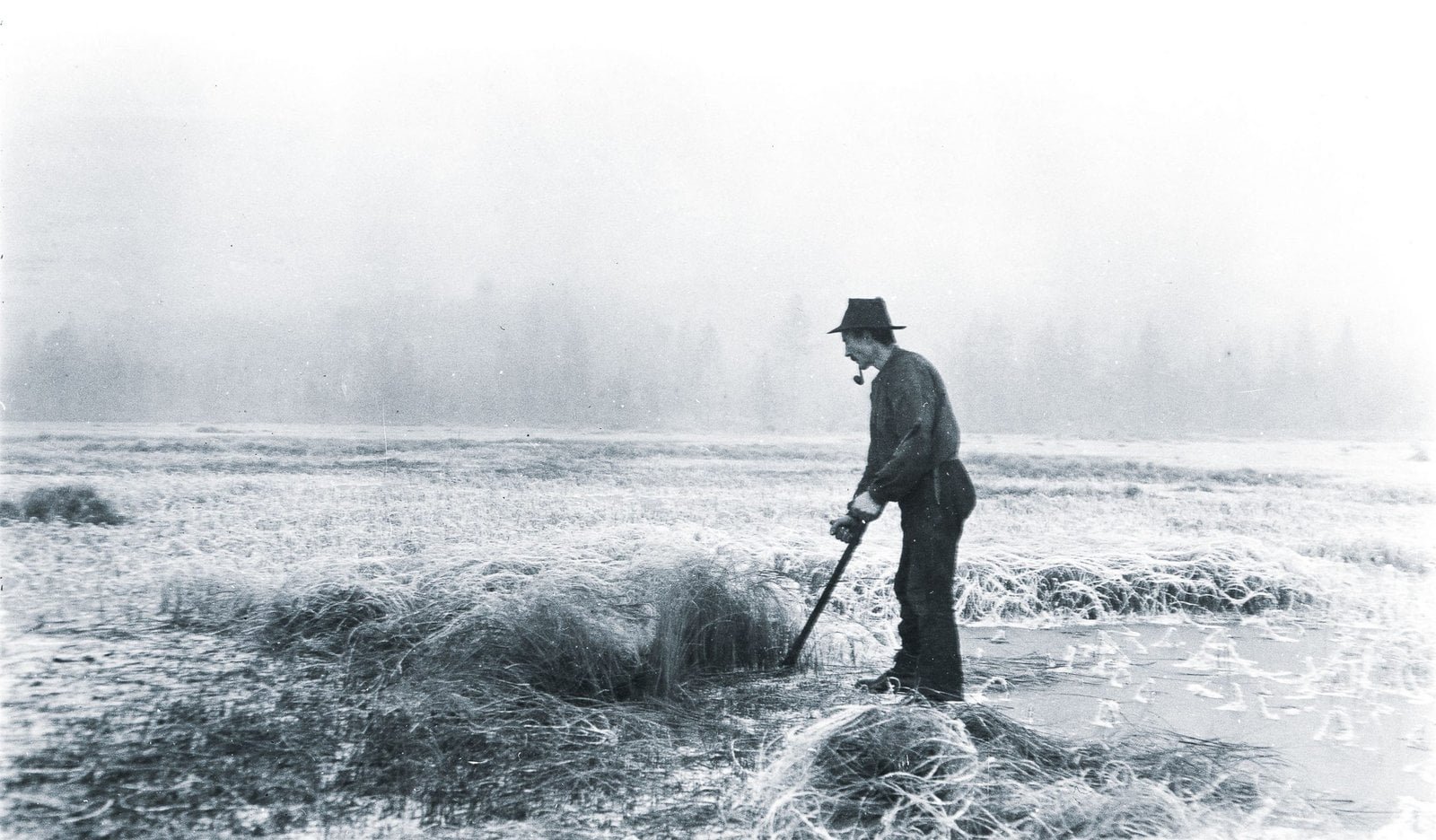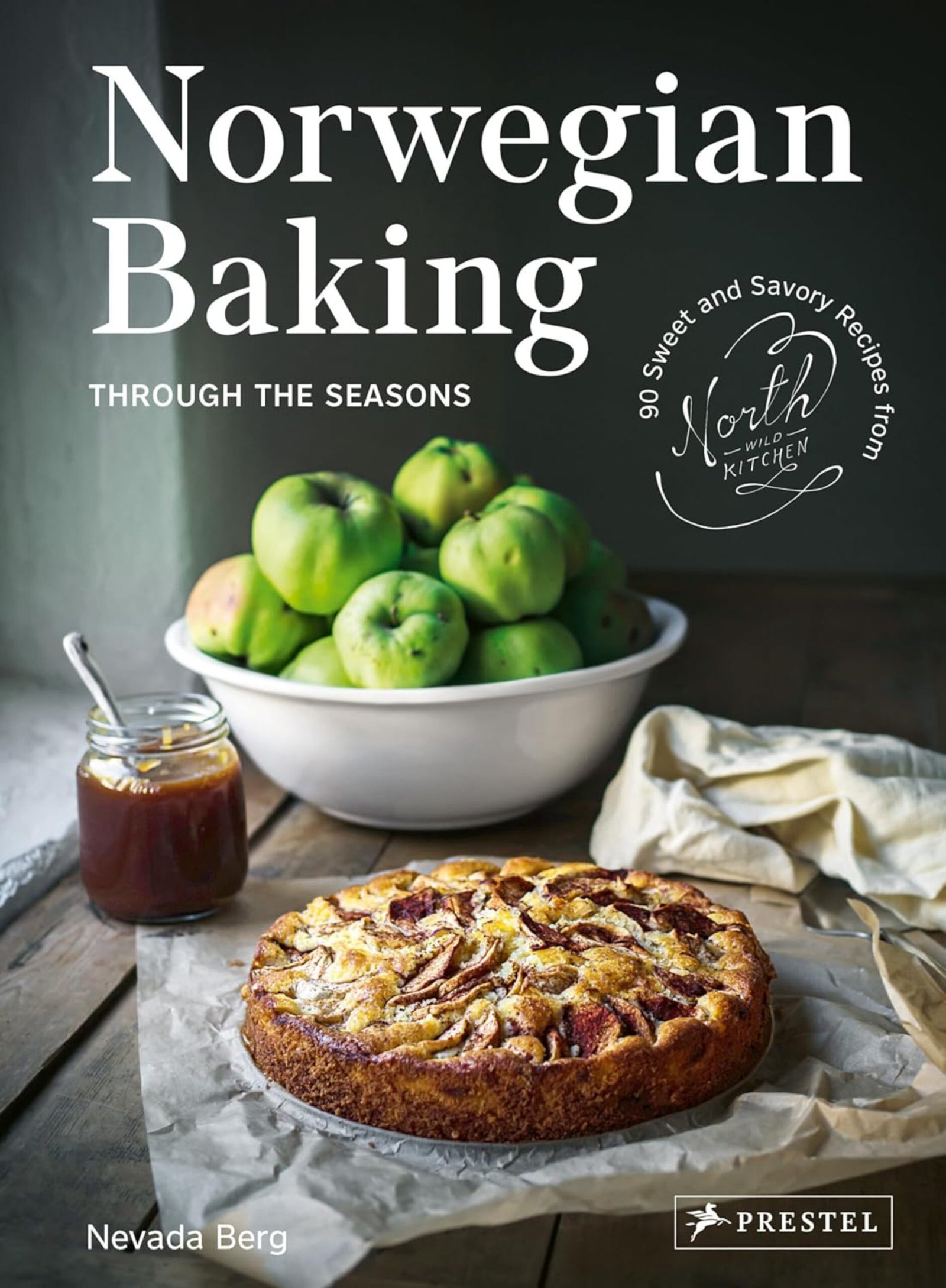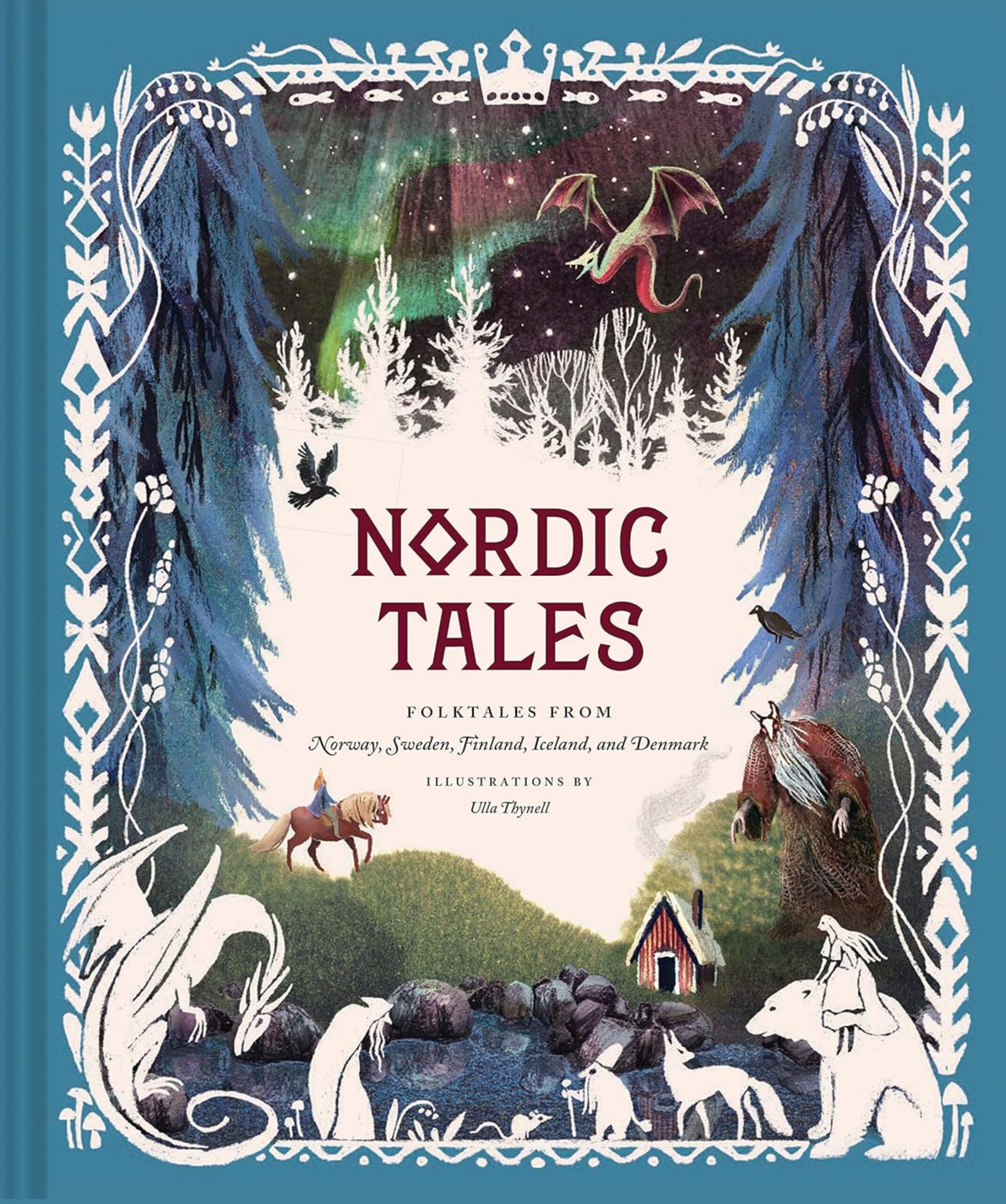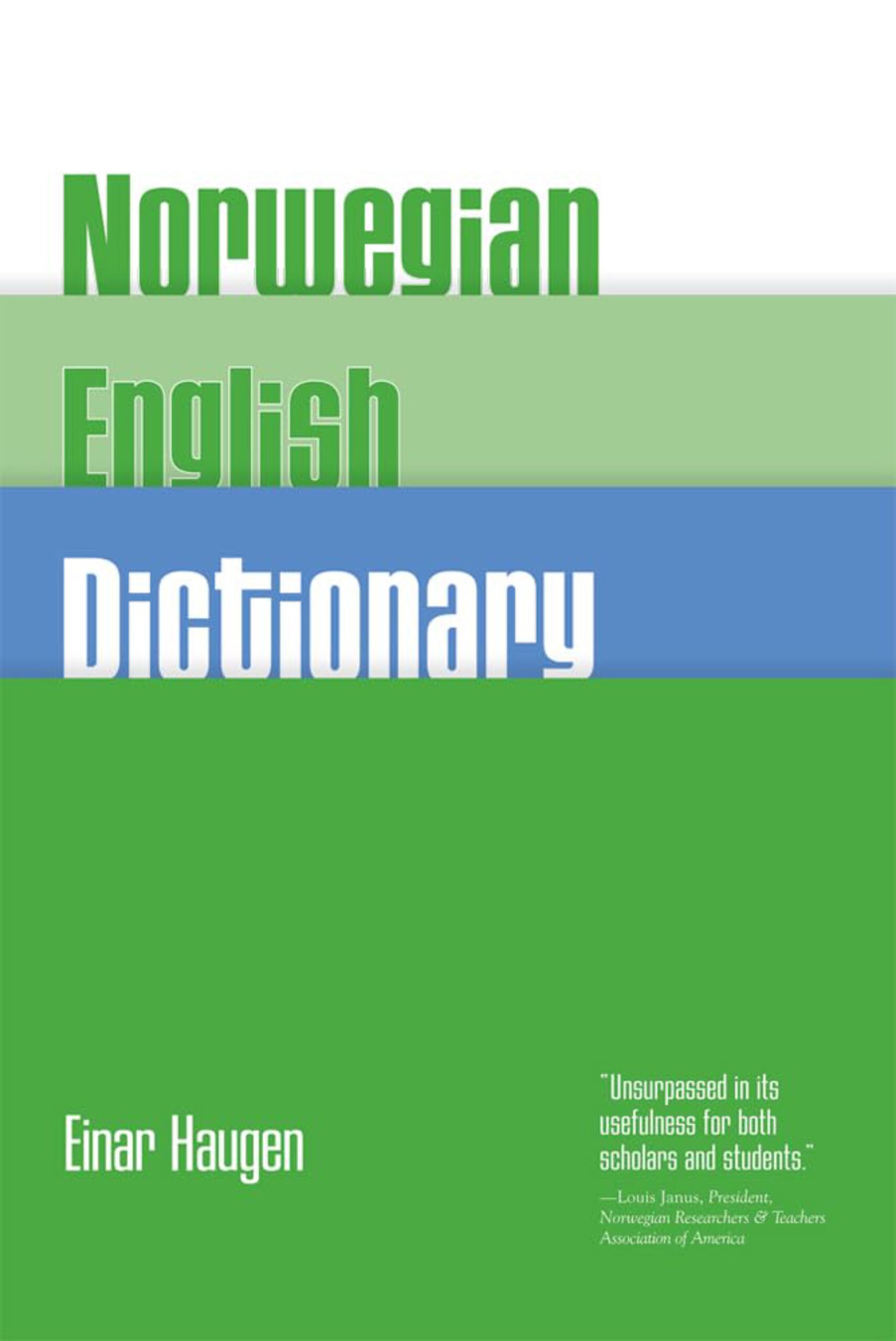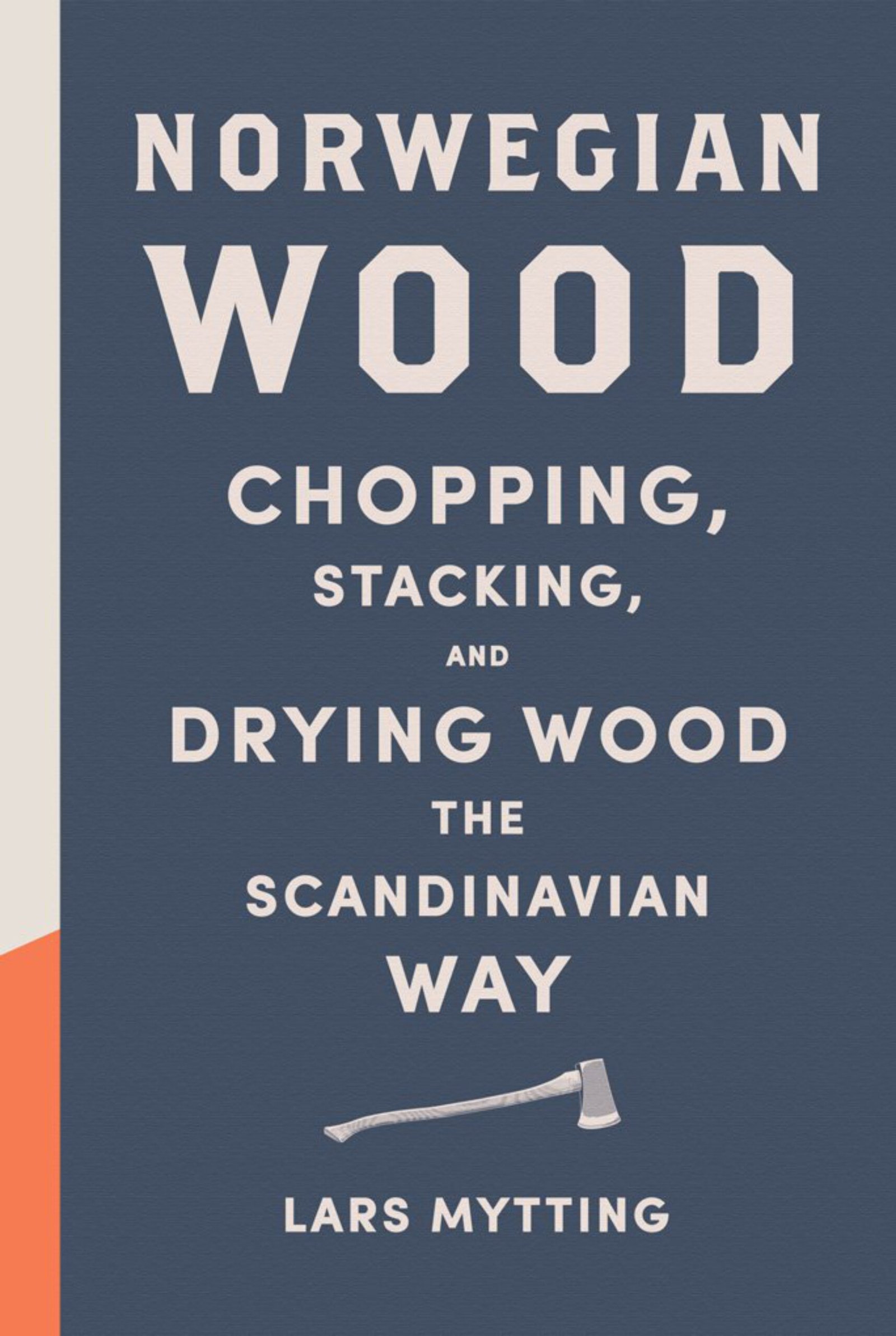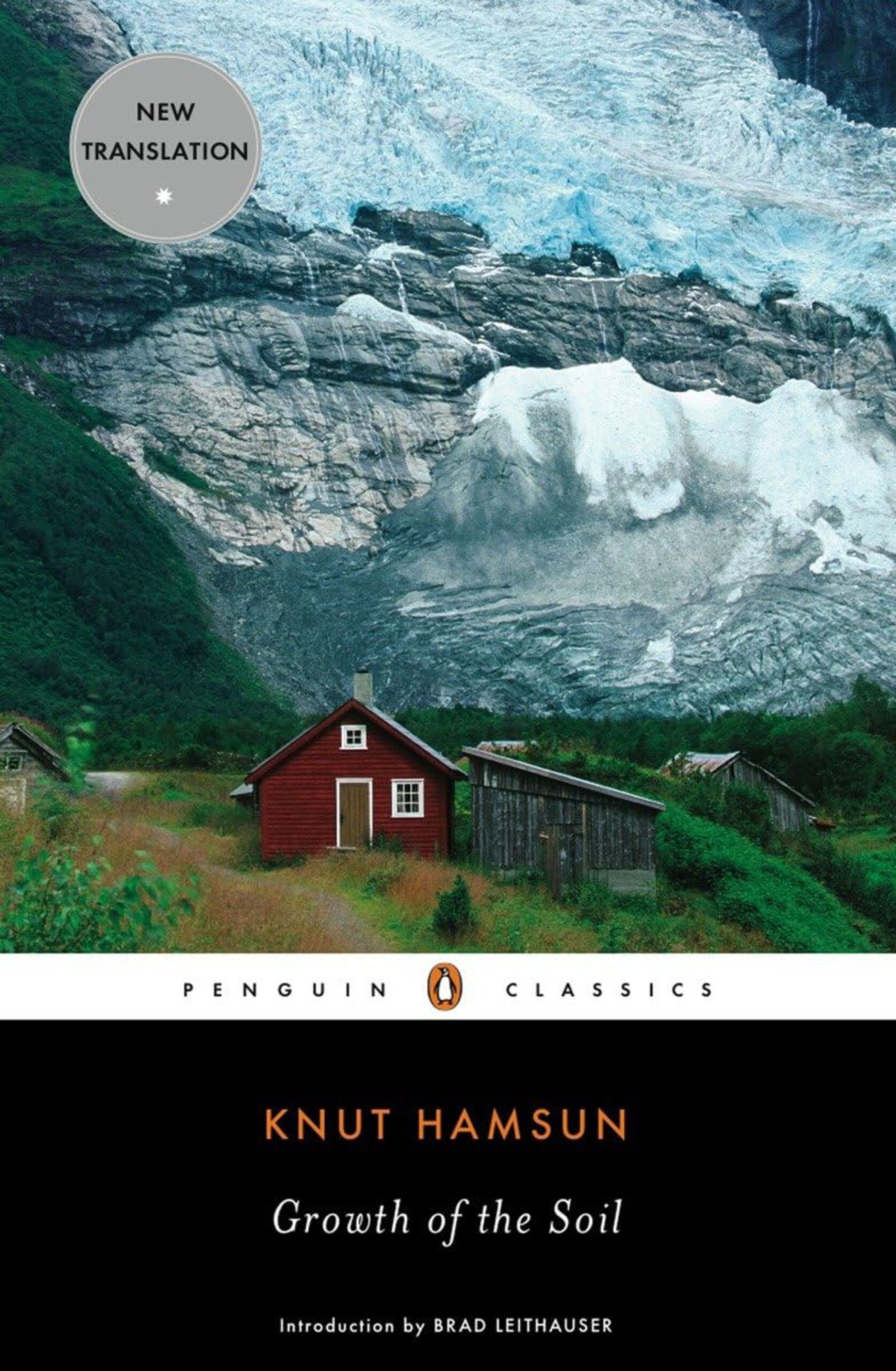Haakon Garaasen (1887-1957) was a local historian from Trysil in the region of Hedmark, Norway. He took this photo in November 1920. The man working the scythe is Karl Galaasen (1874-1962), and the location is Frosktjønna, Jons, Galåsen, Trysil, Hedmark.
Historical evidence
The photo is important historical evidence, showing how the old No
The historical farm had horses, cows, goats, sheep, pigs, chickens and more.
In the coldest sections of the country, the winter-season started as early as in late September, and lasted as long as until late May, or even early June. During the many months in between, the domestic animals relied 100% on the food they got from their masters.
A farm’s size was often measured by how many animals it could feed over the winter.
Utilising the outfields
Today, we often think of hay – dried grass – as the main food for the domestic animals on the old farm. But up and down the country, people utilised whatever fodder they could gather during a short and hectic summer.
The cultivated infields surrounding the farm, had to be prioritised for food meant for human consumption. Thus, a large portion of the animal feed had to come from the surrounding forests and mountain areas – the outfields.
In addition to hay, the farmer gave the animals straw from the grain crops, moss, dried leaves, bark, seaweed – and as we can see here, also marsh grass. It all depended on what the surrounding landscape had on offer.
Some people cut marsh grass during the summer or autumn – and dried it as they would do hay. Others cut it like
People also used dried straw and grass as insulation inside their shoes and boots – and when creating mattresses for their beds.


